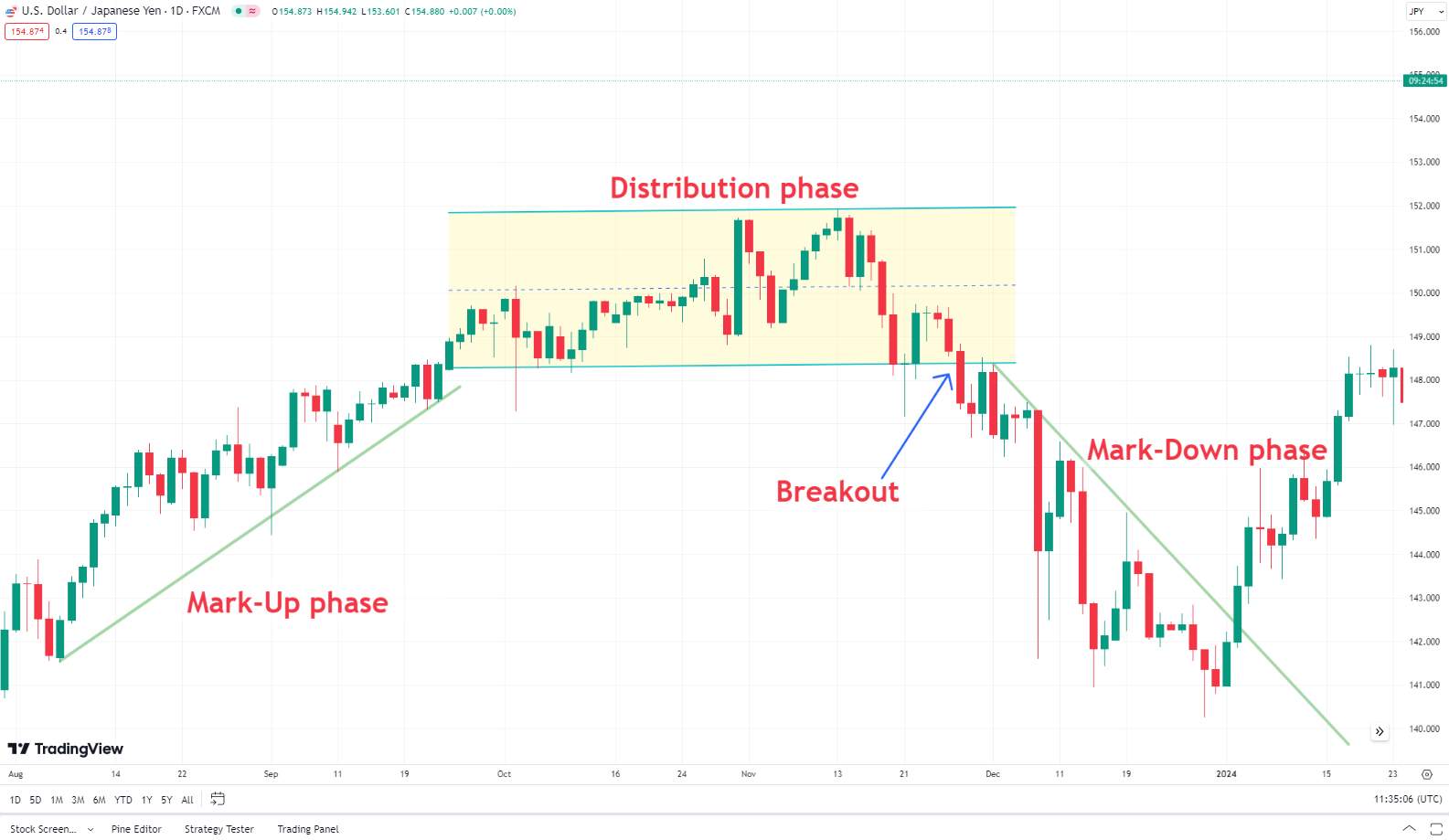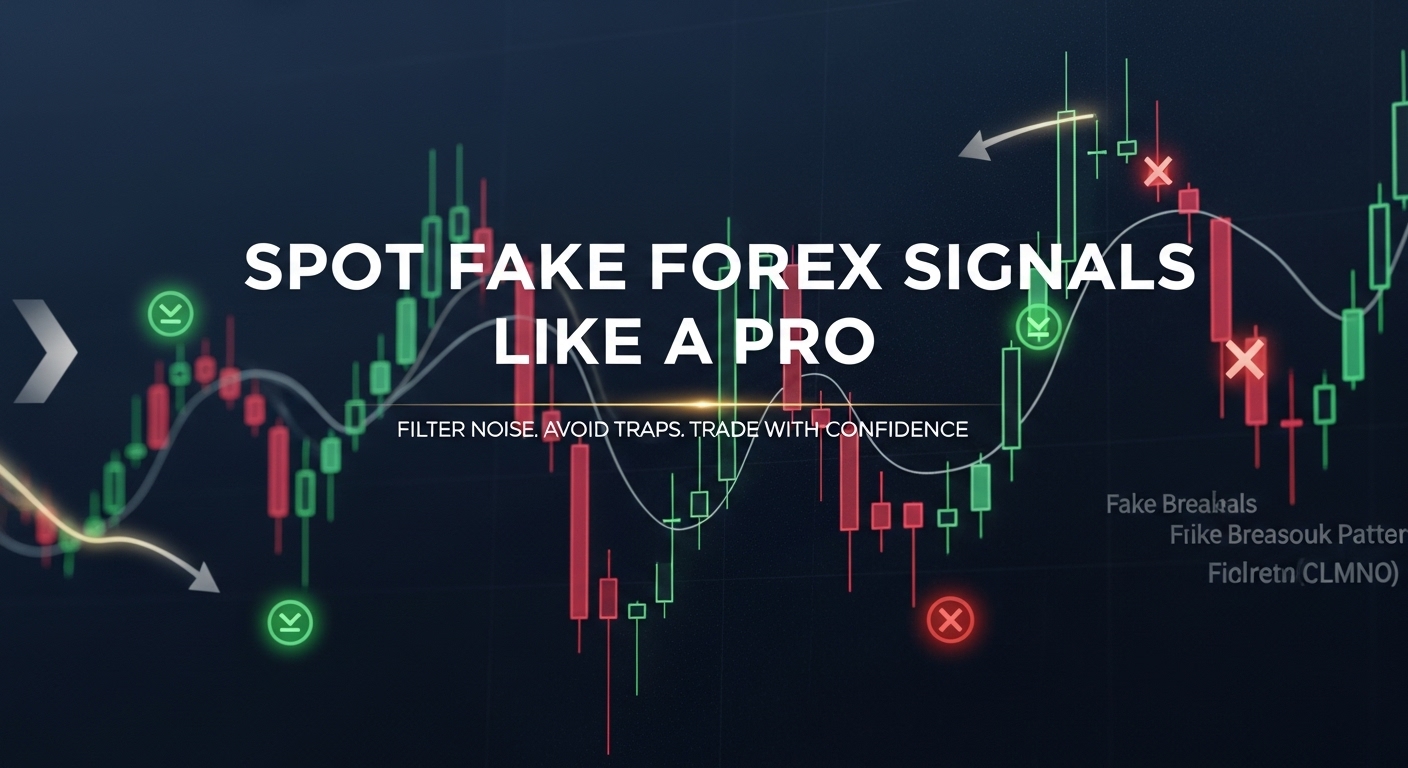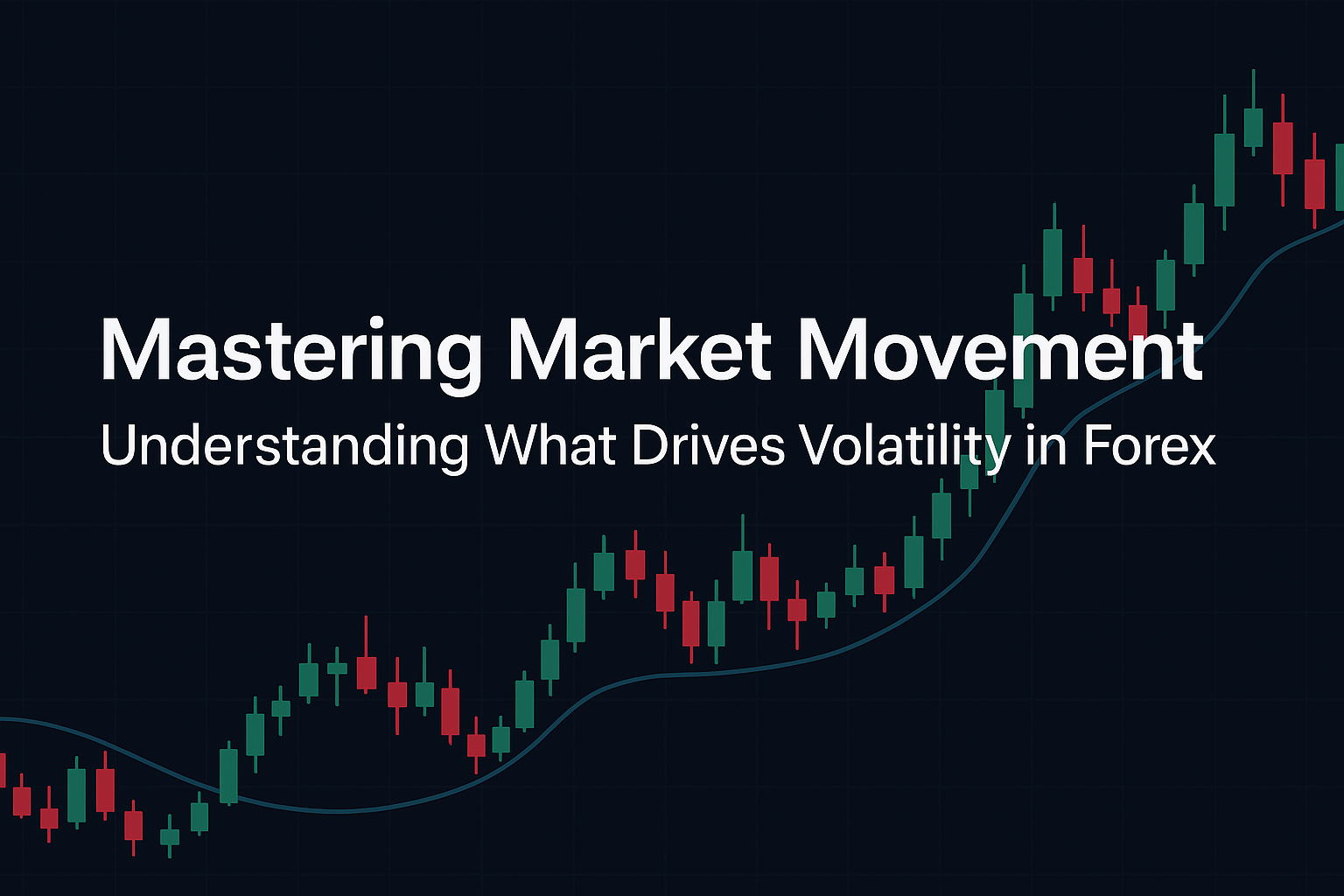Table of Contents
In financial markets, the Mark-Down Trend is a crucial phase in the price cycle of assets, reflecting declining prices and bearish market sentiment. It typically follows a distribution phase, where institutional investors offload their holdings after an uptrend. Understanding this trend helps traders and investors make informed decisions and mitigate risks.
What is a Mark-Down Trend?
It occurs when supply exceeds demand, leading to a sustained decrease in an asset’s price. This trend is characterized by lower highs and lower lows on price charts, often accompanied by increased selling pressure. It is the opposite of a mark-up phase, where prices rise due to strong buying interest.
Key Features
- Declining Price Action: The asset’s value continuously falls, with temporary pullbacks that fail to break resistance levels.
- High Selling Volume: Traders and institutions aggressively sell their positions, increasing downward momentum.
- Bearish Market Sentiment: Fear and pessimism dominate, leading to panic selling and reduced buying interest.
- Break of Support Levels: Previous price floors fail to hold, reinforcing the trend’s continuation.
Causes of a Mark-Down Trend
- Economic Downturns: Weak economic indicators, high inflation, or recession fears.
- Market Manipulation: Large institutions liquidating assets to take profits after an uptrend.
- Geopolitical Uncertainty: Global crises or policy changes impacting investor confidence.
- Weak Fundamentals: Poor financial performance of companies or industries.
How Traders Respond to a Mark-Down Trend
Experienced traders and investors use various strategies:
- Short Selling: Selling borrowed assets to profit from declining prices.
- Hedging: Using options or futures contracts to protect portfolios.
- Waiting for Reversal Signals: Monitoring indicators like RSI divergence or increased accumulation to identify potential trend shifts.
Conclusion
The mark-down trend is an inevitable part of market cycles and presents both risks and opportunities. Traders who recognize its signs early can adjust their strategies to minimize losses or capitalize on bearish conditions. By combining technical analysis with market fundamentals, investors can better navigate the complexities of financial downturns.






